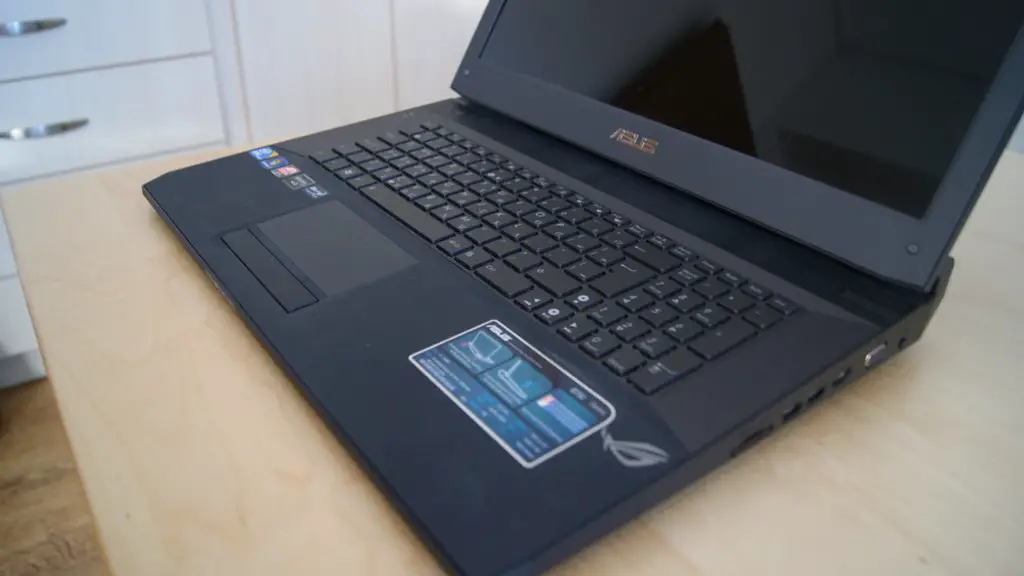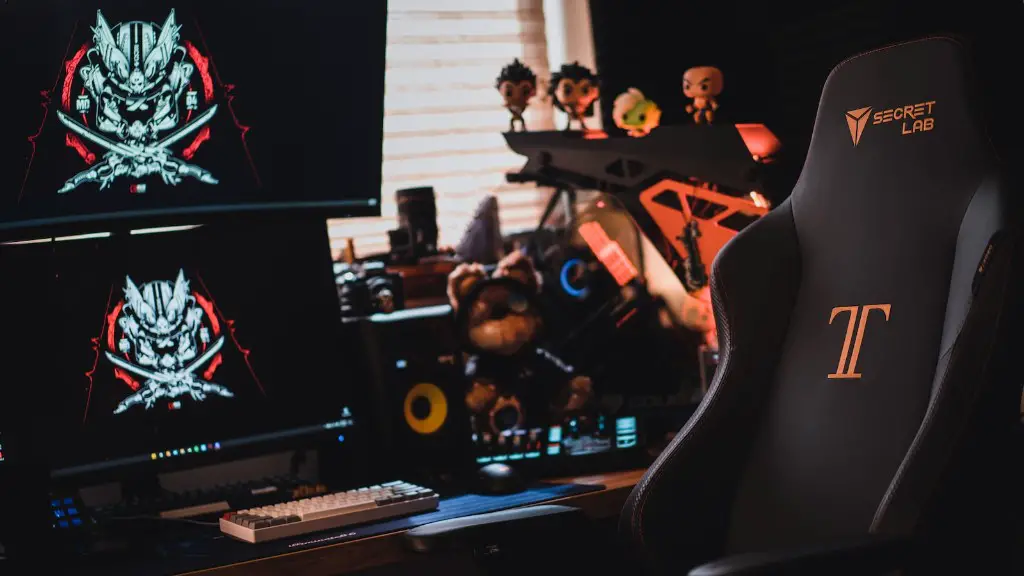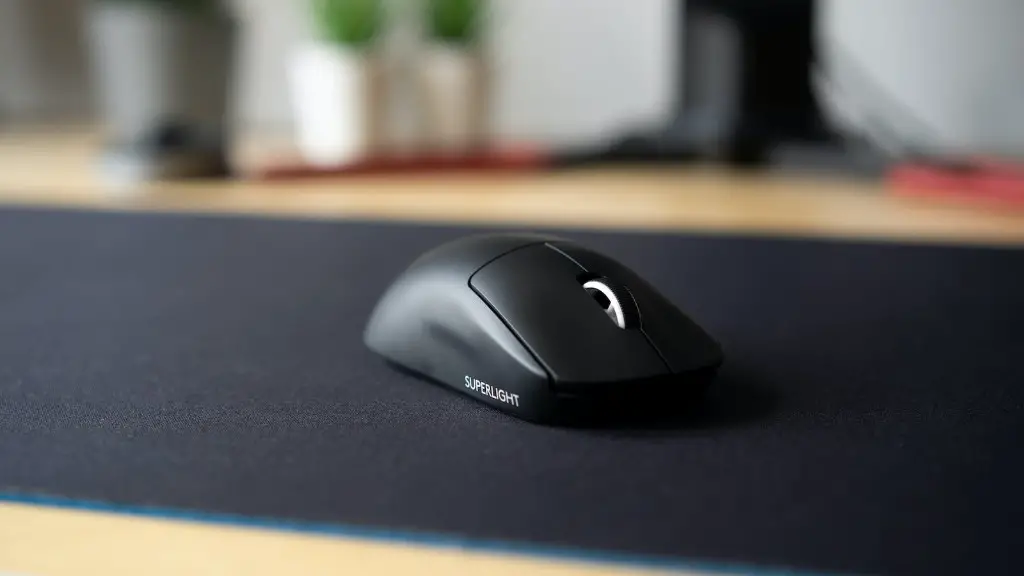When building a gaming rig, few components are more essential than the monitor. Choosing the right one for your gaming needs is critical, so here’s everything you need to know about gaming monitor specs.
First, refresh rate is one of the most important specs in a gaming monitor. Higher refresh rates create a smoother, more immersive gaming experience. Generally, you won’t need more than a 144Hz refresh rate for gaming. Anything higher will be overkill for most games.
You’ll also want to consider the monitor’s native resolution. Higher resolutions offer improved visuals and picture clarity, but they also put an additional strain on other components. Ideally, you’ll want a monitor with a native resolution of 1080p or higher, but you should keep an eye on your graphics card capabilities before you commit to any one resolution.
Monitor size is another significant factor. Many monitor sizes range from 22-27 inches, so choosing the one that fits you best is paramount. Smaller monitors are better for fast-paced gaming, while larger monitors are ideal for slower-paced titles. However, most gaming titles can comfortably fit a 24-27 inch monitor.
The next aspect to consider is aspect ratio. While 16:9 monitors are more common now, you may find that 21:9 monitors could be beneficial for some games. 21:9 resolutions offer wider fields of view and higher levels of detail in games. For slower-paced gaming titles, these monitors might be beneficial.
Finally, response time is essential for minimizing motion blur in gaming. The lower the response time the better, as low response times help reduce image distortion and trails in-game. A response time of 4 milliseconds or lower is ideal for gaming purposes.
All in all, refresh rate, resolution, size, aspect ratio, and response time are all critical features when selecting a gaming monitor. Evaluate each of these specs to find the best monitor for your gaming rig.
Response Time
Response time is a key component in any monitor, and gaming models are no different. A low response time helps reduce motion blur, input lag, and image distortions during trendy games. The lower the response time the better, as it creates a smoother gaming experience. Monitors with a 1 millisecond response time are ideal for gaming; however, 4 milliseconds is more than suitable in most situations.
Refresh Rate
Refresh rate is a defining component of any gaming monitor. Higher refresh rates create a more realistic gaming environment, and are essential for fast-paced gaming. You won’t need a higher refresh rate than 144Hz unless you’re a serious gamer or professional esports player. Most gamers should be able to find a difference between 60Hz and 144Hz, but anything higher will be hard to tell.
Screen Resolution
Native resolution is an important factor to keep in mind when shopping for a gaming monitor. Ideally, you’ll want a 1080p resolution at minimum, but depending on your graphics card capabilities, you may need to consider a higher resolution such as 4K or 1440p. Remember, higher resolutions tend to put an additional strain on components.
Monitor Size
Monitor size is essential for immersion levels during gaming, so you’ll want to keep this in mind when shopping for a gaming monitor. Smaller monitors like 22-24 inch models are suitable for fast-paced gaming, while larger, 27 inch monitors are best for titles such as flight or car simulations. Most gaming titles are suitable for 24-27 inch monitors.
Aspect Ratio
Modern gaming monitors come in two different aspect ratio types, 16:9 and 21:9. Both types have their benefits and drawbacks, so it’s important to decide which one best suits your gaming needs. Gaming on a 16:9 monitor offers a standard gaming landscape and better accessibility across different titles. However, 21:9 monitors offer a wider field of view and larger gaming environments in slower-paced games.
Input and Output
Finally, input and output ports are essential for most gaming setups. Some of the most common ports include HDMI, DisplayPort, USB, and DVI. You’ll want to look for a monitor with all of these ports for better compatibility. Additionally, modern monitors tend to come with some transition options, allowing you to use multiple ports at once.
Additional Connectivity
Modern gaming monitors come with additional features such as HDR and curved display technologies. While these features are nice to have, they don’t necessarily impact gaming performance. However, they can have other benefits such as better immersion levels or improved visuals.


